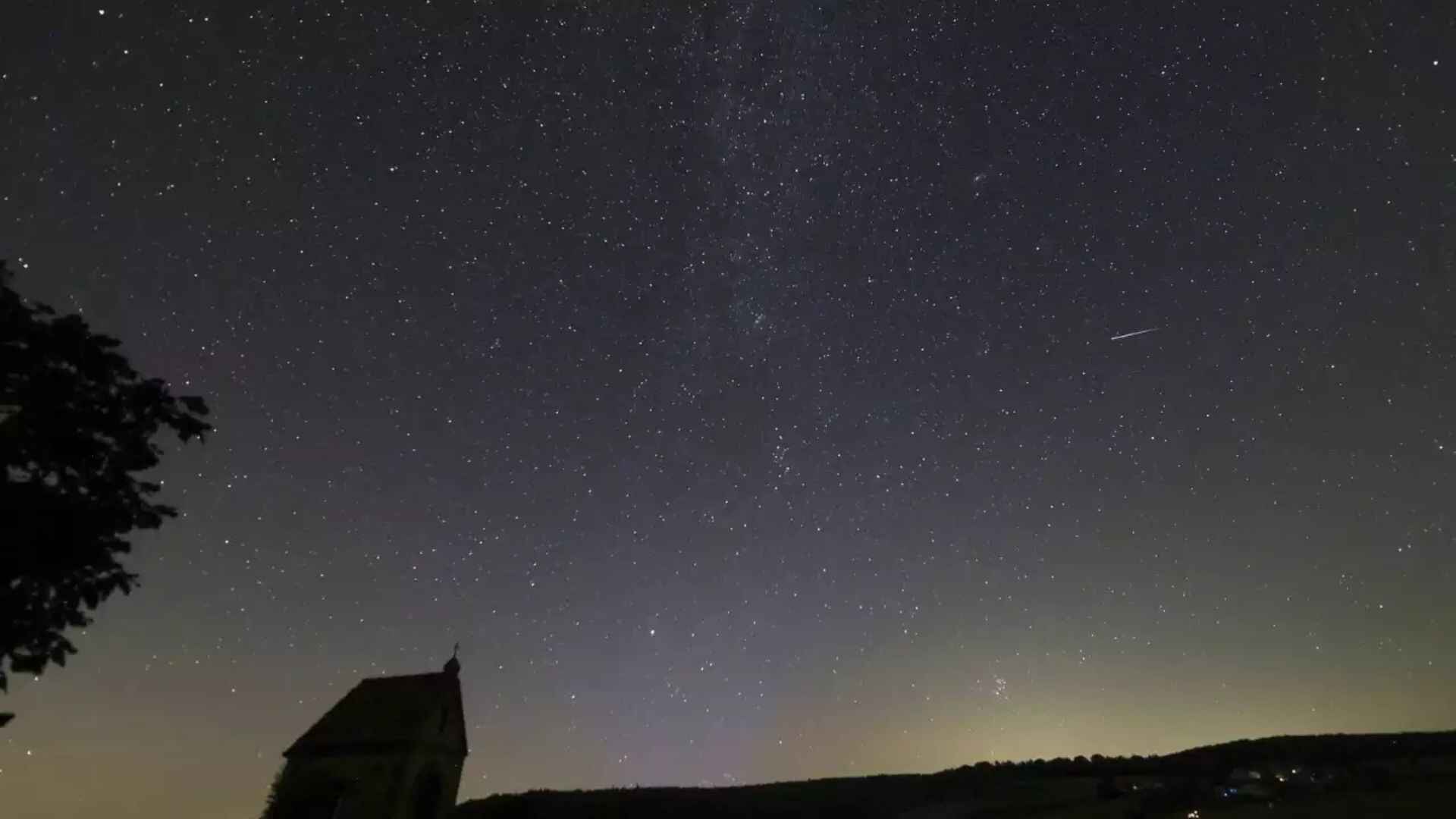
In Southampton, England, astronomy student Tom Bickle made a notable discovery while analyzing time-lapses of the night sky. Bickle, who combines his love for heavy metal music with stargazing, noticed an unusual faint, moving blob on his computer screen. “I knew immediately that it was unusual,” Bickle told the New York Times.
This intriguing find caught the attention of professional astronomers, who determined that the object is either a low-mass star or a brown dwarf, traveling through space at an astonishing speed of one million miles per hour. Such a velocity could enable it to escape the Milky Way’s gravitational influence, according to the NYT report.
Adam Burgasser, a physicist at the University of California, San Diego, who led the study on this discovery, remarked, “It was right when that number came out that we realized we had something spectacular.” The findings, published this month in The Astrophysical Journal Letters, describe the object as a “hypervelocity” star spotted using the Dark Energy Spectroscopic Instrument (DESI) Legacy Imaging Surveys. “It’s a speedy little star,” said Kareem El-Badry, a NASA Hubble Fellow. If it maintains its current trajectory, it could eventually escape our galaxy. “It’s on an unbound orbit, so in a few million years it will just leave our galaxy entirely and keep going,” El-Badry explained.
This discovery could provide insights into some of the oldest and fastest stars in our galaxy, known as halo stars. Unlike most stars that orbit the Milky Way in a circular path, halo stars often follow elongated or tilted orbits due to their formation before the Milky Way settled into its present structure. Dr. Burgasser stated, “The fast speeds of halo stars are really a signature of their different origins.”
While more than a dozen “hypervelocity” stars have been identified, all previously discovered ones have been comparable to or greater than the sun in mass. The newly discovered object, cataloged as CWISE J1249+3621, is only 8 percent of the sun’s mass, placing it between a star and a brown dwarf—a “failed star” with insufficient mass to sustain hydrogen fusion. Dr. Burgasser suggested that its high speed and low mass might indicate an unusual origin, such as being ejected from orbit around a white dwarf after a supernova, or expelled from a star cluster during a violent encounter with black holes.
The discovery of CWISE J1249+3621, made by Bickle and two other amateur astronomers as part of the Backyard Worlds: Planet 9 project, involved searching for moving objects in images from NASA’s Wide-field Infrared Survey Explorer. Dr. Burgasser noted, “You’d think you could write a software package to do this,” adding that the human eye remains “much better and much faster at finding these faint little moving stars than any algorithm we’ve tried.”
The research team confirmed the object’s speed using data from existing sky surveys and observations with the Keck II telescope in Hawaii. However, more data on its chemical composition is needed to ascertain its exact origins. For instance, objects expelled by supernovae typically have a nickel-rich composition, unlike the oldest galaxy objects which share the early Milky Way’s chemical makeup. Despite the object’s rapid movement, Dr. Burgasser remains unconcerned about losing track of it. “Space is big,” he noted. “We can afford to take our time.















